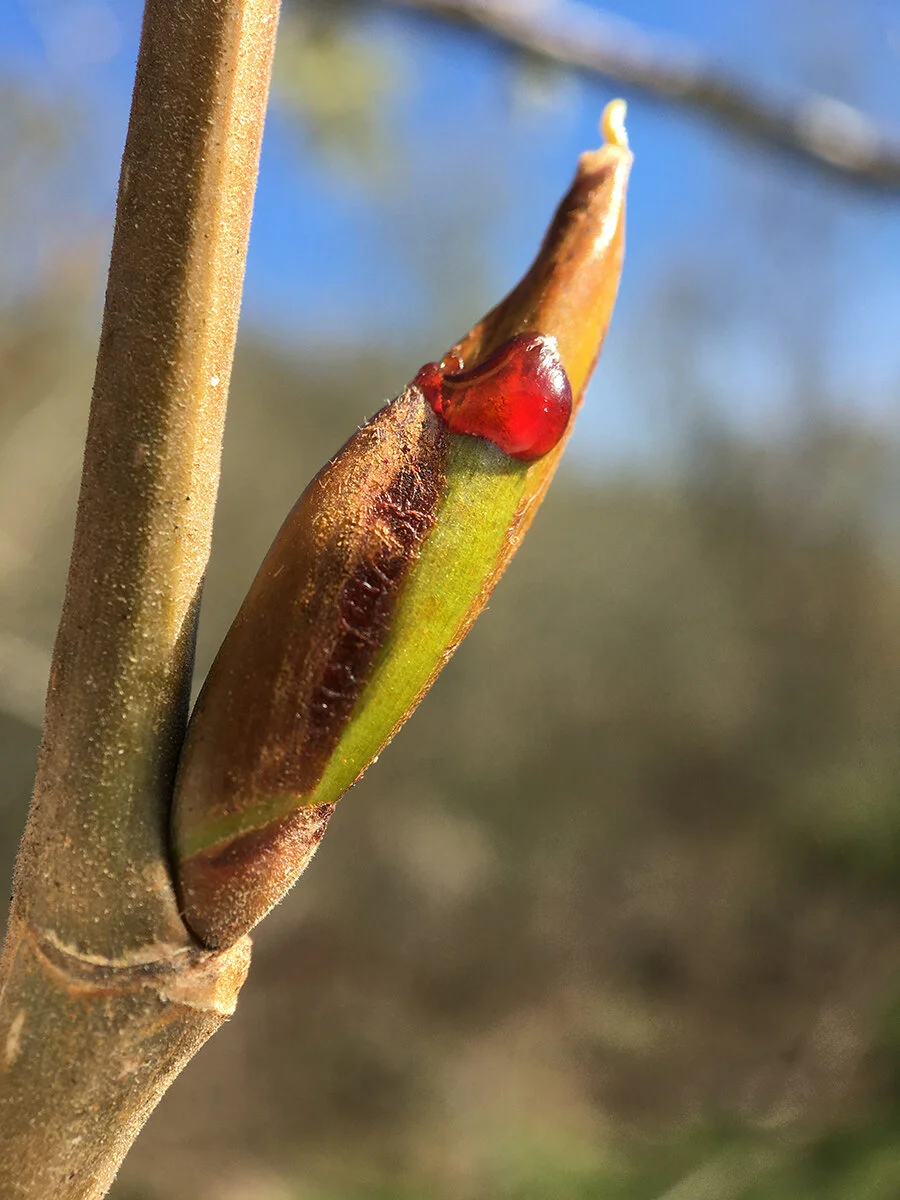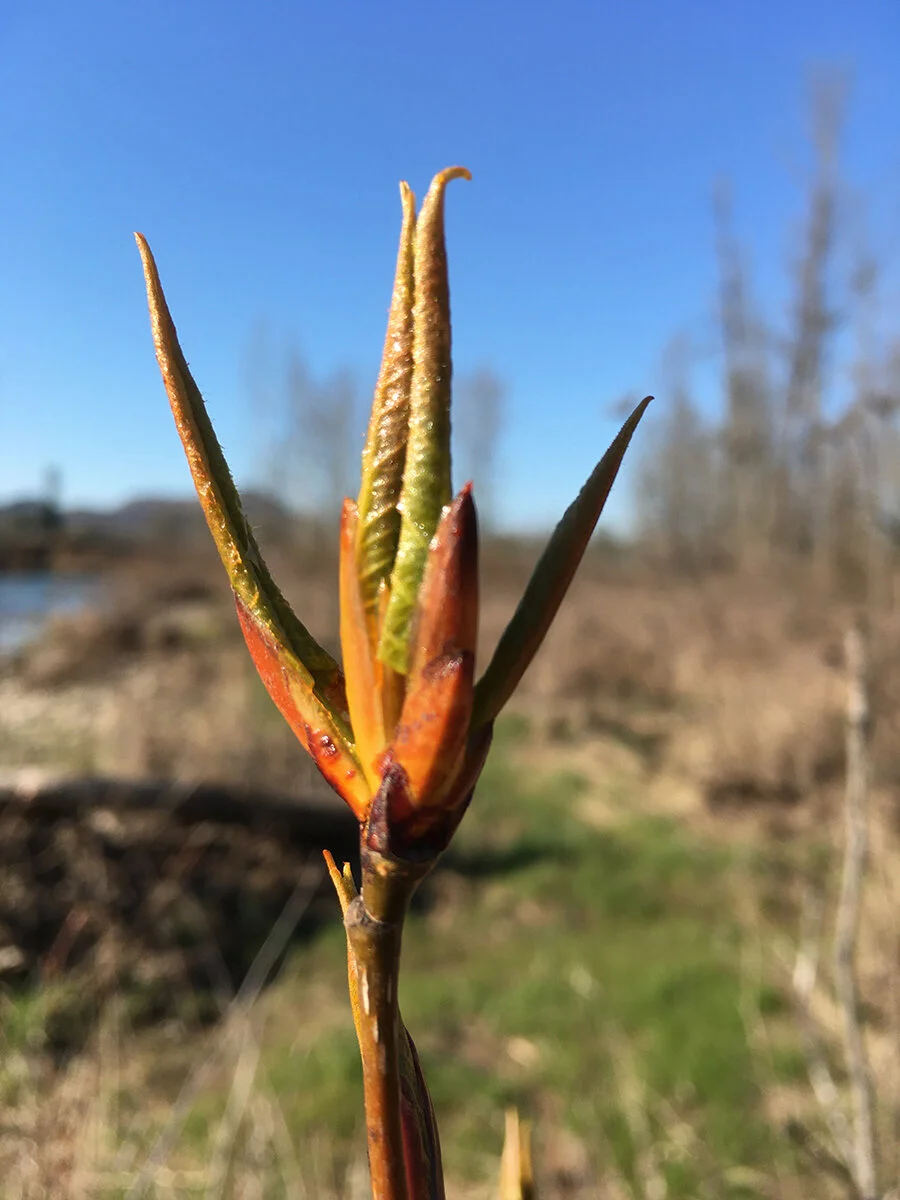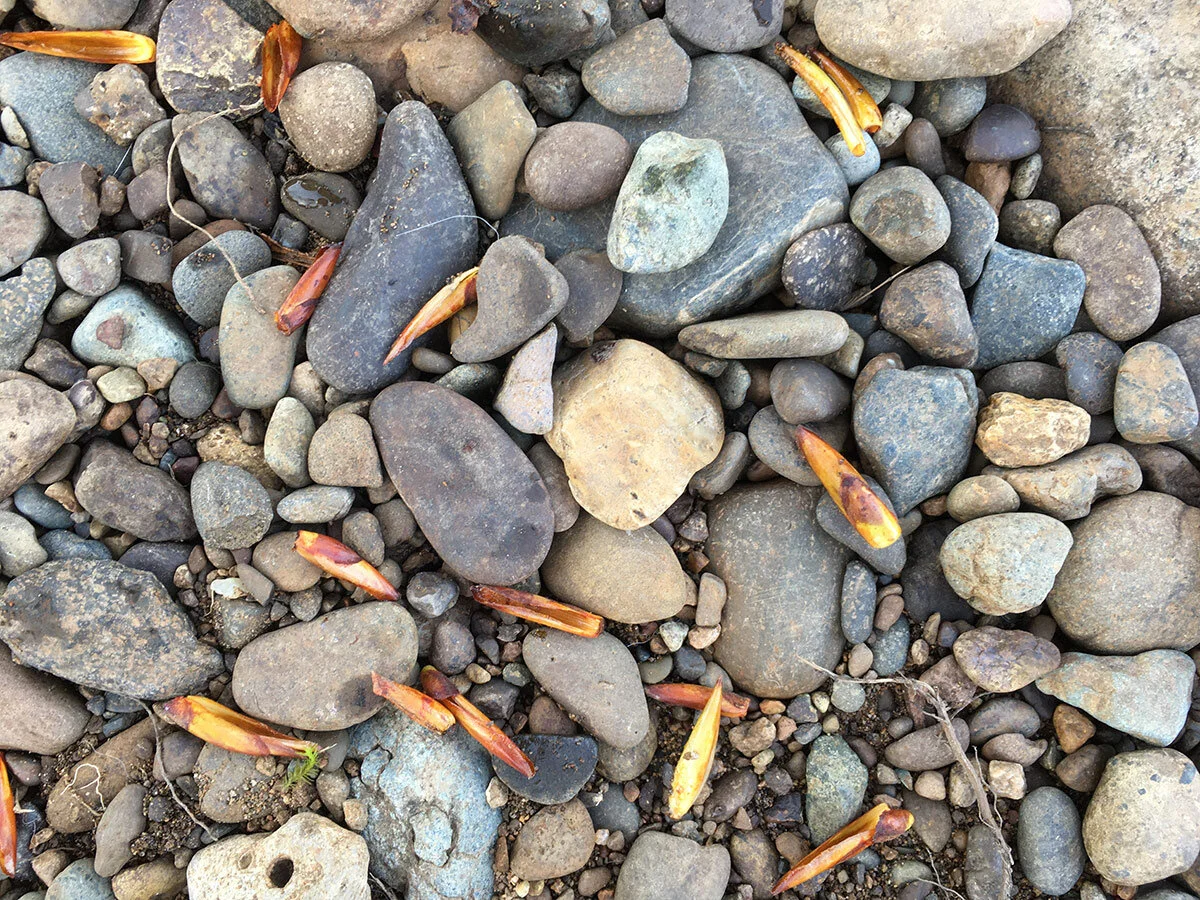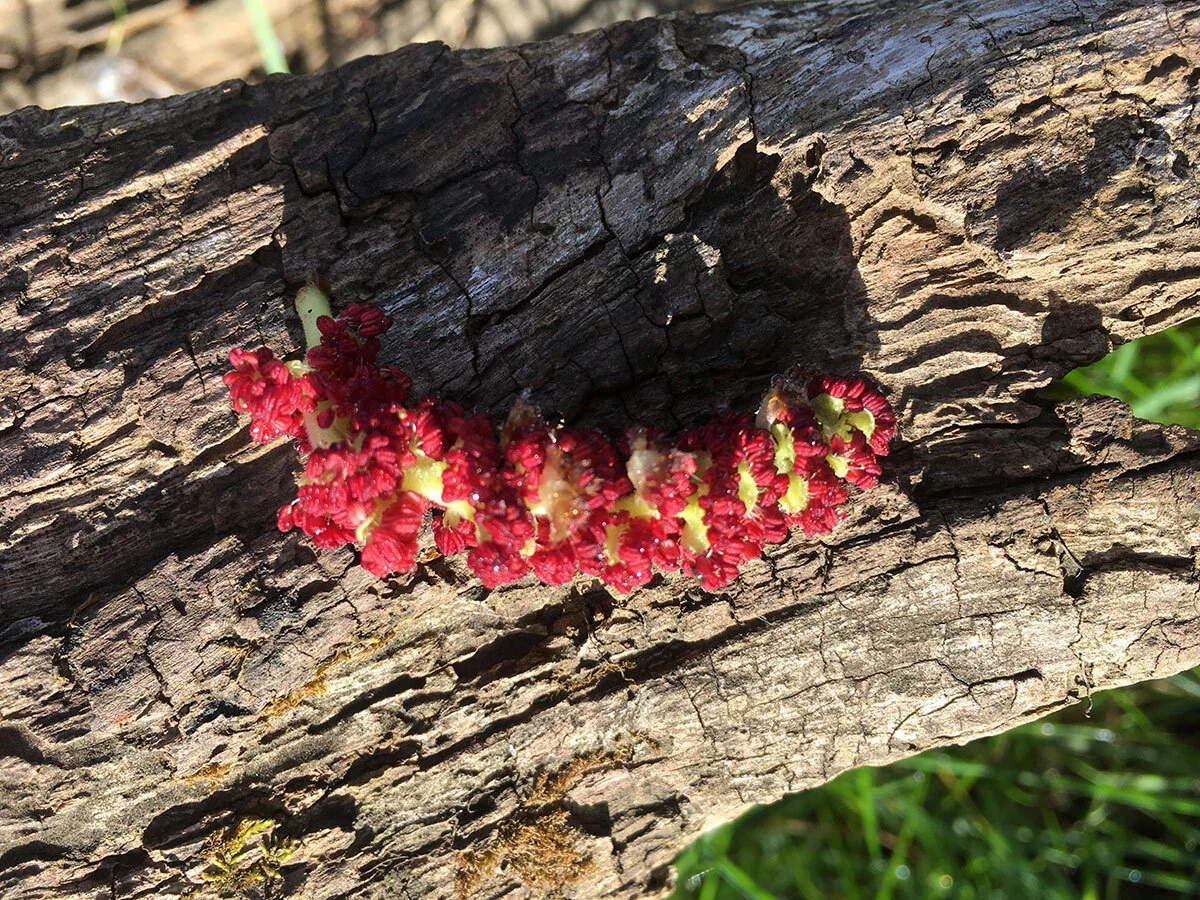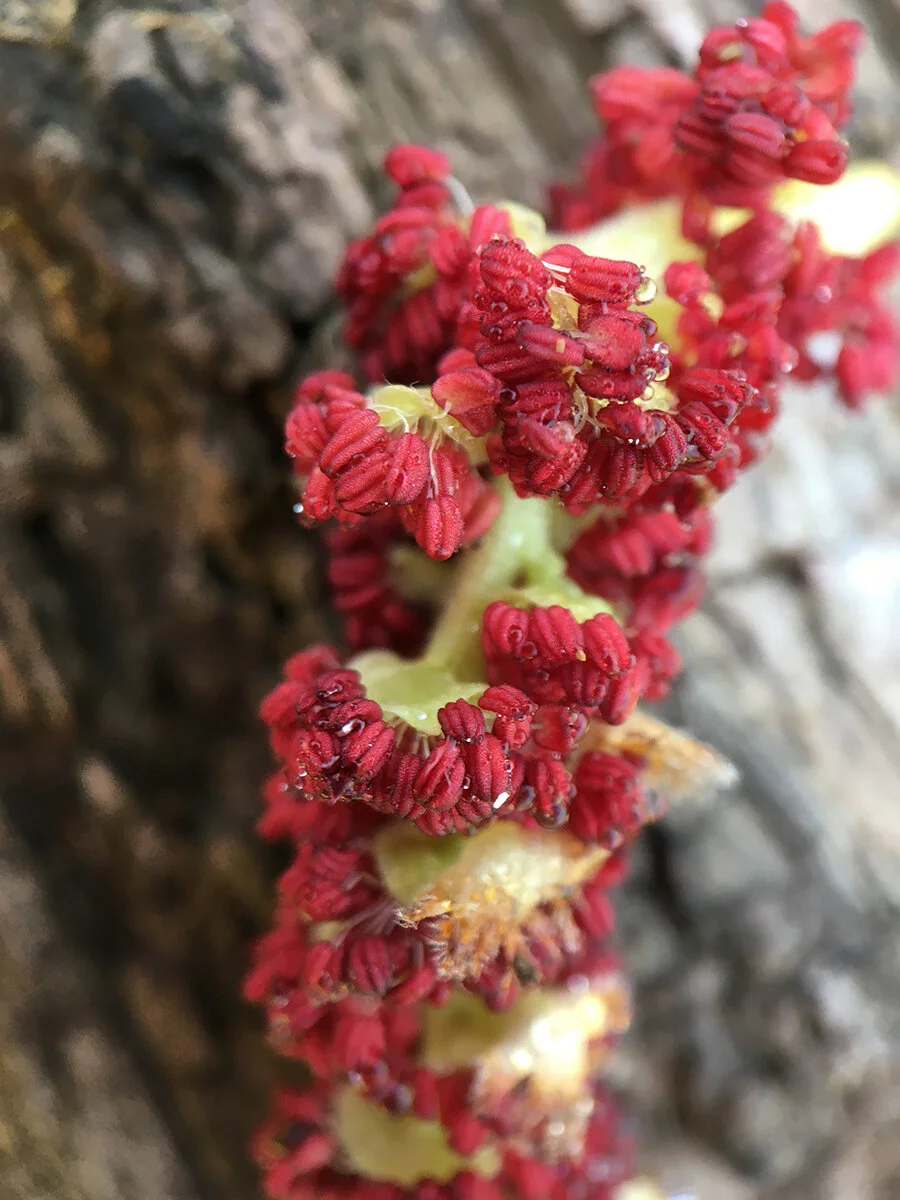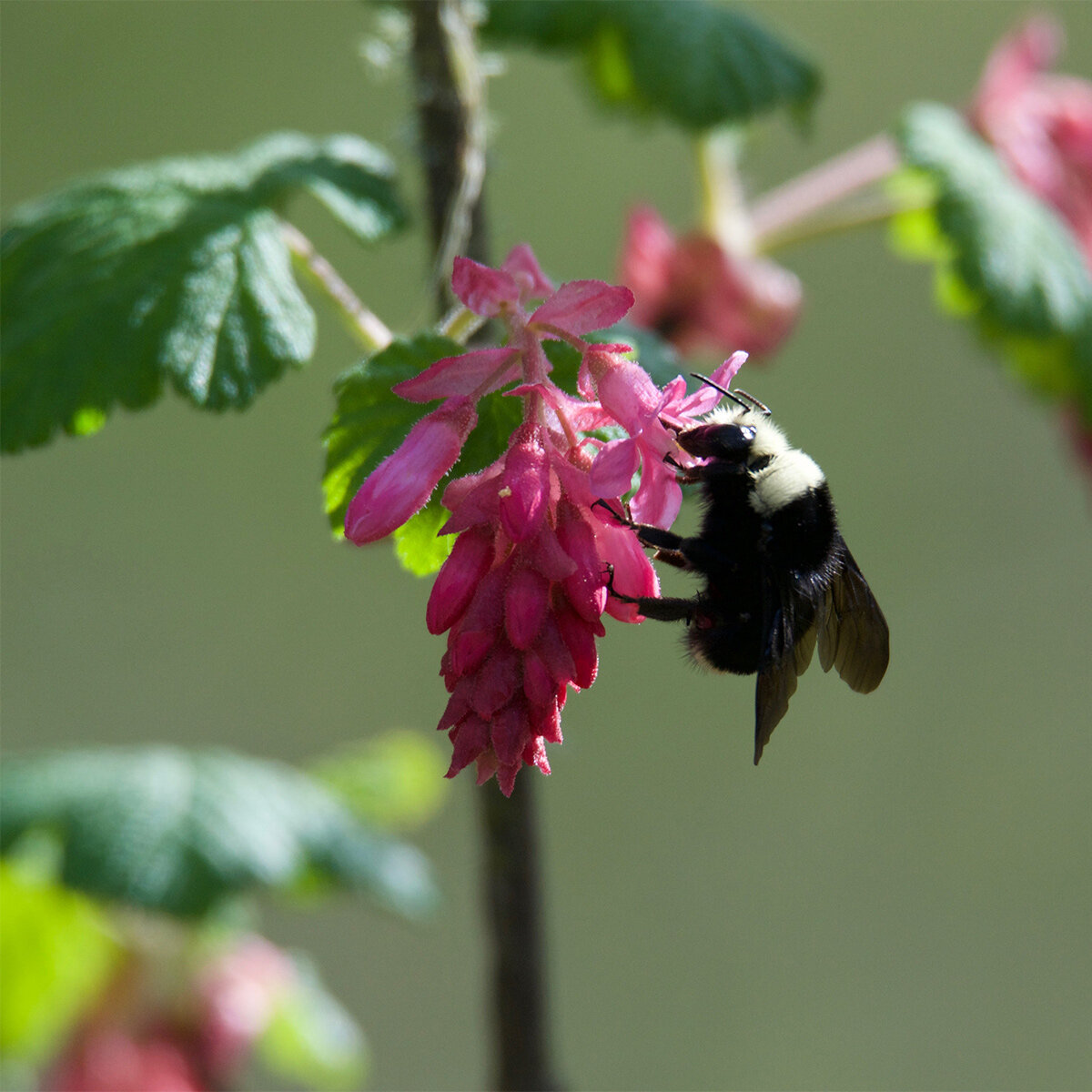“I would like to go into perfectly new and wild country. I wish to lose myself amid reeds and sedges and wild grasses that have not been touched.”
—Henry David Thoreau
Out in the wetlands along the pond lily trail, this magical creature was swaying in the breeze. As it danced in the dappled sunlight, its white, fuzzy hairs were illuminated and dust clouds billowed forth from a golden, shaggy mane. Its leaves were long, green blades that were sturdy with a nice edge. Some plants had already matured and developed husky seed clusters.
Reading about sedges instantly sent me spiraling into a whole new realm of plant identification, ecology, etc. I quickly realized how little I knew about them.
I found this book while poking around online that would be a cool read: Field Guide to the Sedges of the Pacific Northwest. It is an illustrated guide to all 169 species, subspecies, and varieties in the genus Carex that grow in the wild in Oregon and Washington.
Check this plant out!





































































